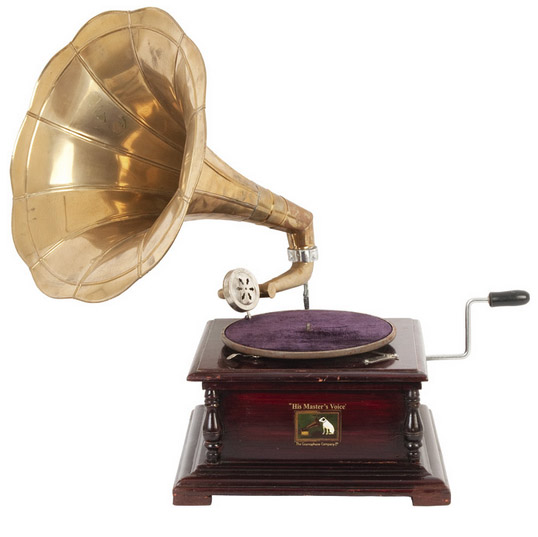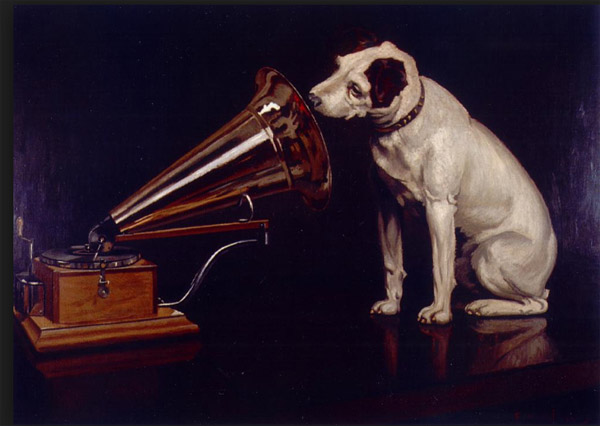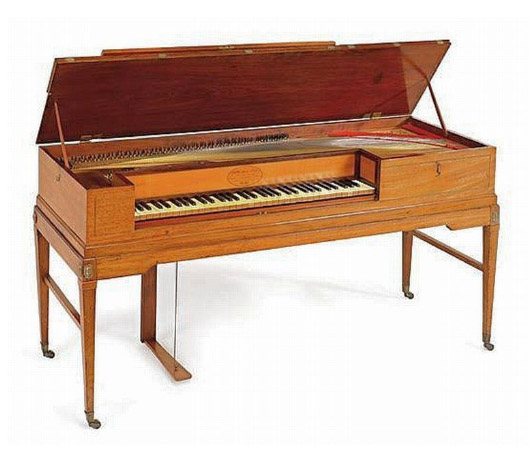Learn about antiques and collectables...
Click on a category below to show all the entries for that category.
Learn about and understand the items, manufacturers, designers and periods as well as the specialist terms used in describing antiques and collectables. Either click one of the letters below to list the items beginning with that letter, or click on a category on the left side of the screen to list the items under that category.
Automata
Automata include mechanically operated figures, mostly of the late 19th century, having a clockwork mechanism that moved their limbs, often with a musical accompaniment driven by a musical box movement. Amongst the popular subjects were sailors, piano players, women dancing, men smoking and comic monkeys. A separate genre was singing birds, where one or two were concealed in an ornate metal jewellery-style box and popped up, trilled and fluttered their wings when the device was operated. Another less common genre was in the form of an ornately framed oil painting that included several moving characters and perhaps the village clock.
Erard
The distinguished Parisian firm Erard’s, makers of harps and pianos, were in business between 1777 and 1960.
The business was founded by Sebastien Erard, who had been apprentice to a Parisian harpsichord maker for two years before establishing his own workshop in the rue de Bourbon. In 1786 the company expanded by opening a branch in London, and in 1789 his brother Jean-Baptiste joined as partner.
Sebastien Erard obtained a number of patent registrations in both England and France, for design innovations to both the harp and piano, the most important being for the double-action harp in 1810, the forerunner to today's concert harp.
Gramophone
In the evolution of mechanical music, the gramophone followed the phonograph and the graphophone, each of which was invented in the United States. For the gramophone, the music was recorded on a flat disk, unlike the phonograph and graphophone. However in modern usage, the words "gramophone" and "phonograph" are both sometimes used to describe a gramophone or a gramophone record.
The phonograph was invented by Thomas Edison in 1877, and its major disadvantage was that, as well as the reproduction being poor, each cylinder lasted for only one play.
The graphophone was an improved version of the phonograph and went into commercial production in about 1885. Invented at the Volta Laboratory established by Alexander Graham Bell, it used wax cylinders which lasted for multiple plays. However each cylinder had to be recorded separately, preventing mass reproduction, and also resulting in differences in sound between each.
In 1887, Emile Berliner, a German born American inventor working in Washington patented a successful system of sound recording on a disk, where the sound information was etched into the surface. The disk or record was rotated on a turntable and a needle in the arm of the gramophone read the information in the grooves and transferred the sound to the speaker. The first records were made of glass, later zinc, and then plastic.
Berliner sold the licensing rights to his patent for the gramophone and method of making records to the Victor Talking Machine Company, founded by the engineer who assisted Berliner to develop the turntable and mechanism.
The use of the trademark of the dog listening the gramophone ("His Master's Voice") helped make it a successful product in the United States, and although the company was not called by that name, their records were marketed under the His Master's Voice" label.
Berliner founded the Berliner Gram-o-phone Company in Montreal, Canada, the Deutsche Grammophon in Germany, and the U.K based Gramophone Co., Ltd.
His Masters Voice
"His Master's Voice", abbreviated HMV is a trademark in the music business, the image coming from a painting of the same name by English artist Francis Barraud. The American rights to the picture were purchased about 1899 by the Victor Talking Machine Company founded by the inventor of the gramophone, Emile Berliner after the painting had been modified to show the dog named "Nipper" listening to one of Victor Talking Machine Company's gramophones.
Further capitalising on the logo, an additional trademark, "Little Nipper" was later registered and used for children's records and radios.
Ownership of the HMV trademark was transferred through a number of companies in the music business during the 20th century including RCA (Radio Corporation of America) and EMI.
Barraud, the artist died in 1924 and the painting is now in the public domain, although the trademark is still valid.
Piano
The forte piano (literally 'loudsoft') as it was first called, was invented in the early 18th century, but did not become popular until after about 1780, when it displaced the harpsichord as the main keyboard instrument.
Early pianos were rectangular in form, supported by a trestle base, though they were later given detachable screw legs. In the 1830s parlour pianos began to adopt the contemporary upright form, although at first the soundboard cases were very high and the fronts often decorated with pleated silk panels or fretwork.
The earliest known Australian piano, made by John Benham in about 1835, is of this type, and on public exhibition at the Mint Museum in Sydney. From around 1835 upright pianos assumed their modern form. The horizontal 'grand' pianos of course continued to be made, in form really not differing greatly, except in size, to the earlier harpsichords.
Until the middle of the 19th century, piano frames were made of wood which may shrink or warp, resulting in loss of tension on the strings and thus causing the pianos to go easily out of tune. Experiments in cast-iron frames took place in the 1820s but it was not until 1851 that the first completely iron-framed piano by the English maker, Broadwood, was shown at the Great Exhibition. Steinway followed in 1855, from which time the metal frame became gradually more standard. This is an important point for those purchasers who wish to play their pianos, rather than fill up space as decorative pieces of furniture.
Victorian pianos were elaborate affairs, often veneered in burr walnut, with richly carved front legs and usually fitted with cast brass candle sconces.


